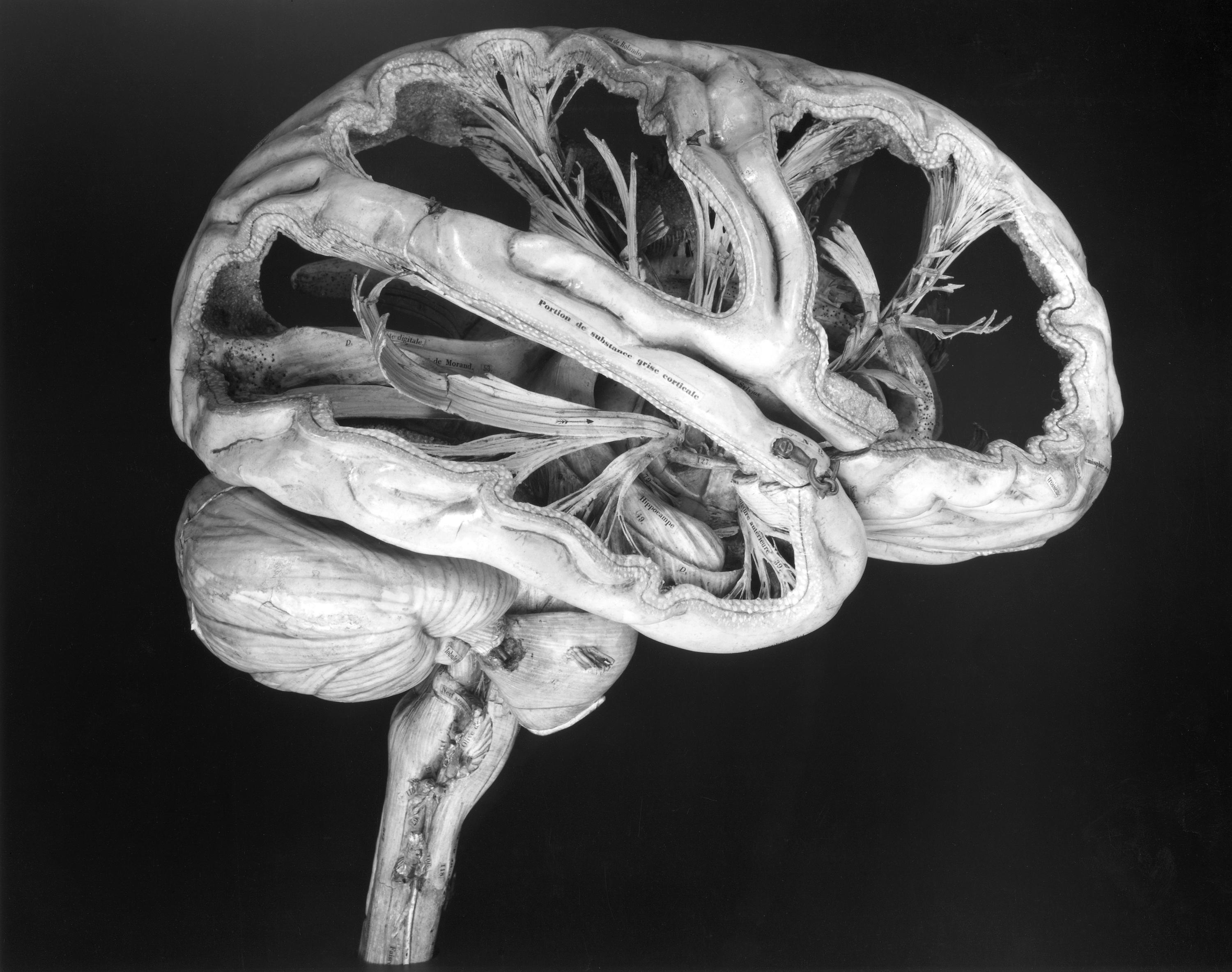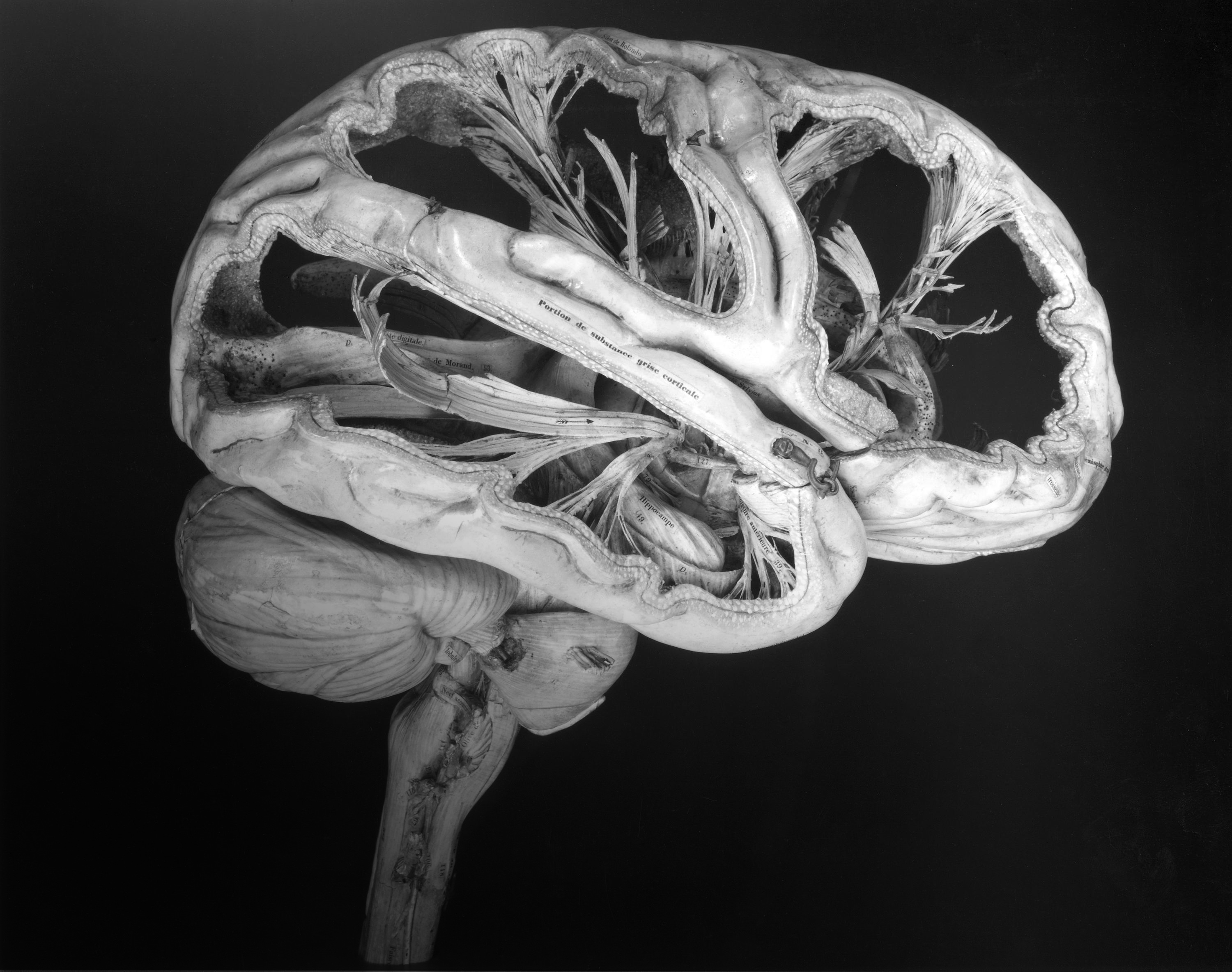The brain circuits that support human cognition and intelligence have been successfully dissected by an artificial intelligence in real time, scientists report today.
Understanding how different networks in the human brain support human cognition is an inhumanly complicated problem to solve.
Instead, the team at Imperial’s Hammersmith campus in west London decided to use artificial intelligence, they report today in the journal Nature Communications.
With the help of a statistician from King’s College London, Giovanni Montana, and aided by his PhD student Ricardo Pio Monti, the team developed a machine learning algorithm based on Bayesian Optimisation – a method for automatically testing hypotheses based on prior knowledge – named after the 18th-century Presbyterian minister Thomas Bayes.

To remove human biases and tease out the relationship between brain activity and doing a mental task, an artificial intelligence – the Automatic Neuroscientist, based on Bayesian Optimisation – was developed at Imperial by Romy Lorenz and Rob Leech.
In collaboration with Ines Violante and Adam Hampshire, the Automatic Neuroscientist studied the patterns of activation in the brains of 31 people as they explored 16 cognitive tests.
The machine was then asked to first identify the tasks that produced the biggest differences between the use of networks in the brain that are involved in almost any difficult task that requires us to concentrate and solve problems.
The automatic neuroscientist first identified what their contributions are, and then redesigned the tasks that produced the biggest differences in these circuits to see if they could disentangle the contribution of different brain networks as strongly as possible, providing precision measures of their functions.
Critically, the AI picked tasks based on the difference in activation of two brain networks, namely, deductive reasoning and spatial planning.
This chimed with findings of an earlier online study – published in the journal Neuron by a team including myself and one of the coauthors of the new Imperial study – which concluded that three different networks in the brain support different processes that underlie intelligence, therefore it could not be boiled down to a single master brain network, or a single number like IQ.
The fact that the new study highlighted two of the tasks from the earlier study was ‘pure blind luck,’ said Adam Hampshire, co-author of both studies.
A meta-analysis of many previous studies suggested that some of the 16 tasks that were examined should have activated different circuits; the AI did a better job than the meta-analysis, presumably because it was free of bias.
‘Reproducibility in the DNA of this method, which keeps on checking, updating and revalidating its hypothesis,’ said Hampshire. ‘It is a revolutionary approach to brain imaging.’
Therefore, as well as independently confirming two of the three circuits identified by the 2012 paper, the study shows that the ‘gold standard’, reviews of earlier brain scan studies or meta-analyses, are not as powerful as thought.
A final analysis in the study reported today showed that each mental task draws on a unique combination of networks in the brain, as shown in this diagram, which accords with an idea first put forward by L. L. Thurstone – the multiple-factor theory – back in 1938.

Today’s study has bigger implications. AI could offer a way to overcome what scientists call the ‘replication crisis’, which was first highlighted in 2005, when Stanford University professor John Ioannidis concluded that most of the results of most publications in science could not be reproduced independently.
A decade later, it was reported that more than half of psychology studies could not be reproduced. Last year, Ioannidis published a study which concluded that cognitive neuroscience was in an even worse state.
Leech believes AI can help reduce subjectivity from research, ranging from exploration, where hypotheses are poorly defined, to exploitation, where well-established hypotheses are refined. Of course, you still need people to devise prior hypotheses, write code, make assumptions, define the freedom to experiment, write up research papers and so on.
But AI is faster than people, and more reliable. ‘The Automatic Neuroscientist could blaze a trail for the automatic radiologist, the automatic psychologist and more,’ said Leech.
The Imperial College London team has also created Cognitron, the first artificial intelligence designed to survey human mental skills. Cognitron is extending the Nature Communications research by developing a new set of tests that measures different aspects of intelligence as precisely and accurately as possible.
Visit Cognitron and, after you have supplied a few personal details, it will design a series of brain-twisting tests lasting about 30 minutes to an hour and tell you how well you did. For more details, click here.
